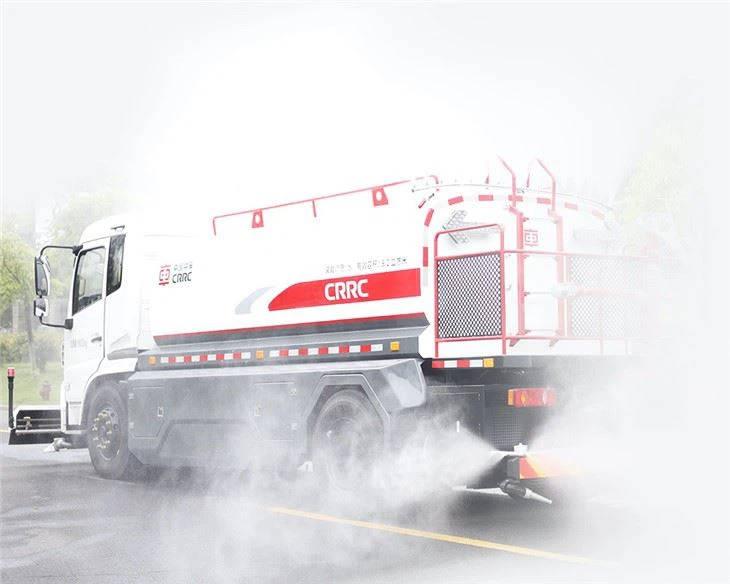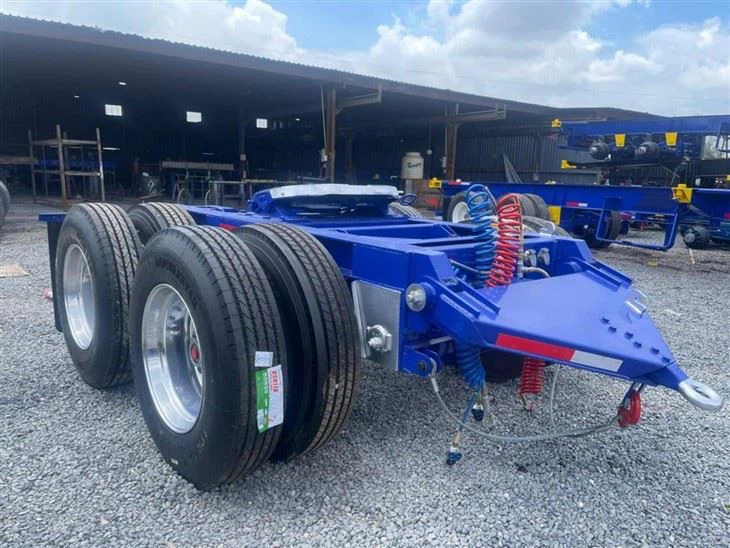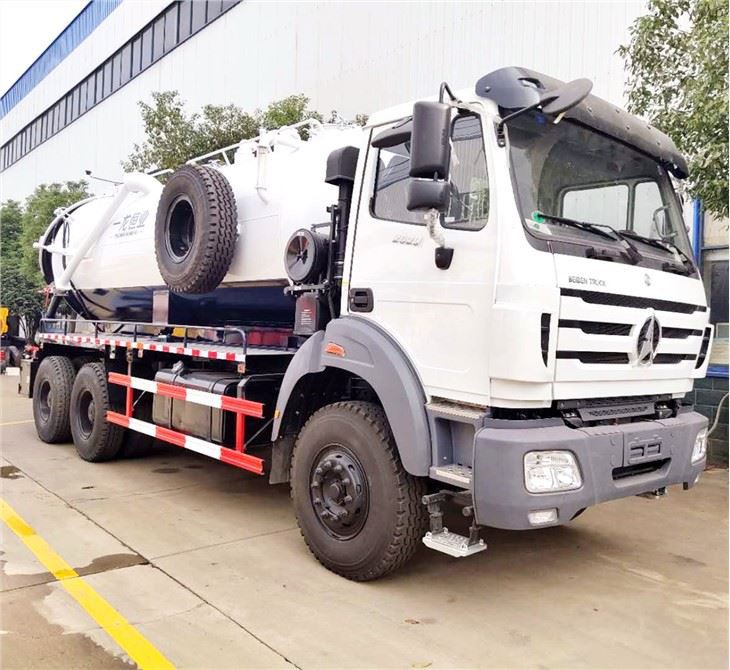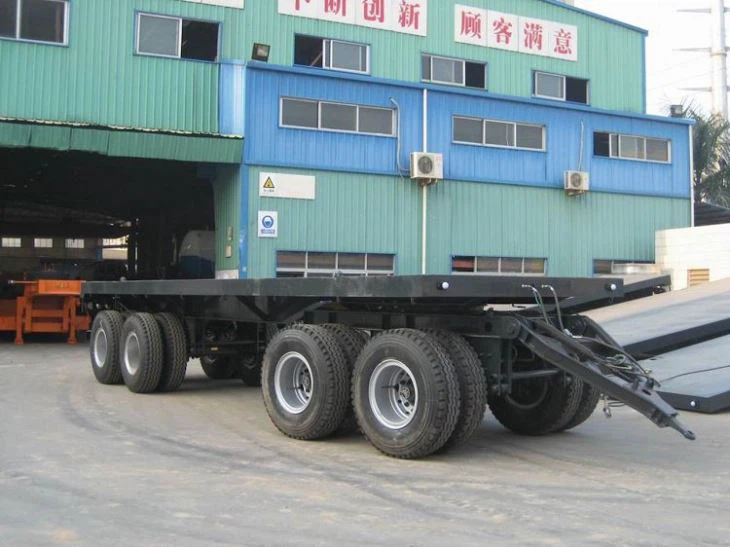Introduction to Harmony Balers
In the agricultural machinery landscape, balers play a vital role in efficiently handling crops, grass, and other materials. Among these essential tools, Harmony Balers stand out as a reliable choice for farmers and agricultural companies seeking quality and durability. This article delves into the various aspects of Harmony Balers, exploring their benefits, technologies, maintenance tips, and much more.
What are Harmony Balers?
Harmony Balers are specialized agricultural machines designed for the compaction of crop materials into convenient bales for easier transportation and storage. Utilizing advanced engineering, these balers enhance productivity and minimize waste, providing an essential service for modern farming.
Types of Harmony Balers
Harmony offers several types of balers, each catering to specific agricultural needs:
- Round Balers: Ideal for creating cylindrical bales, suited for hay and forage.
- Square Balers: Produces rectangular bales, commonly used for straw and hay.
- Multi-Balers: Achieves versatility by enabling producers to create different bale sizes.
Benefits of Using Harmony Balers
1. Enhanced Efficiency
Harmony Balers are designed for optimal performance, reducing the time spent on baling operations. With faster wrapping and compacting processes, farmers can complete their tasks in a fraction of the time compared to older models.
2. Durability and Reliability
Constructed with high-quality materials and engineering, Harmony Balers are built to endure harsh working conditions. Their resilience ensures longevity, reducing the frequency of replacements and repairs.
3. Versatility
These balers can handle various materials—from hay and straw to silage—making them suitable for diverse farming operations. Their adaptability allows farmers to adjust to changing market demands easily.
4. Cost-Effectiveness
Investing in a Harmony Baler can be cost-effective in the long run. By optimizing bale production and reducing waste, farmers can enhance profitability, making their operations more sustainable.
5. Improved Bale Quality
Harmony Balers ensure that bales are tightly compacted, reducing spoilage and enhancing the quality of stored feed. This quality assurance translates to better livestock health and productivity.
Technology Behind Harmony Balers
1. Automation and Control Systems
Modern Harmony Balers incorporate advanced automation technologies that streamline operations. Farmers can monitor performance metrics in real-time, allowing for swift adjustments to optimize productivity.
2. Precision Engineering
The precision of Harmony Balers ensures consistent bale density and size. Features such as adjustable tension systems allow operators to fine-tune settings based on material type and moisture content.
3. Smart Maintenance Features
Harmony Balers often come equipped with diagnostic systems that can detect issues before they become major problems. This proactive maintenance approach reduces downtime and repair costs.

Choosing the Right Harmony Baler for Your Farm
Selecting the right baler requires careful consideration of various factors:
1. Assess Your Needs
Evaluate your farm’s specific requirements, including the types of materials you will be baling and the scale of your operations.
2. Capacity Considerations
Consider the volume of bales you need to produce. Harmony Balers are available in different models with varying capacities. Ensure the model you choose matches your production goals.
3. Budget and Financial Planning
While Harmony Balers are a significant investment, their long-term benefits should be taken into account. Analyze financing options, potential savings, and ROI to make an informed decision.
4. Seek Expert Advice
Consult with agricultural equipment dealers or experts to gain insights on the best Harmony Baler model suited to your needs.
Best Practices for Operating Harmony Balers
1. Regular Maintenance

Routine maintenance checks are crucial for keeping Harmony Balers in top condition. Regularly inspect belts, chains, and bearings, and follow the manufacturer’s recommended maintenance schedule.
2. Proper Setup
Ensure that the baler is set up correctly based on the type of material being baled. Adjust the tension, speed, and other settings to match the material’s properties.
3. Training Operators
Invest time in training operators on the proper use of Harmony Balers to enhance safety and efficiency. Familiarity with the machine’s features and capabilities leads to better output.
4. Monitor Weather Conditions
Weather plays a significant role in baling operations; avoid baling wet materials as it can affect the quality of the bales. Monitor humidity and moisture content prior to baling.
5. Document Performance
Maintain records of your baling operations, including production rates and issues encountered. This data helps in identifying trends and areas for improvement.
Common Issues and Troubleshooting Tips
| Issue | Possible Cause | Troubleshooting Tips |
|---|---|---|
| Baler Won’t Start | Electrical issues or low battery | Check connections and recharge or replace battery |
| Jammed Material | Excessive moisture or improper setup | Stop operation, clear jam, adjust tension settings |
| Poor Bale Density | Incorrect settings or worn components | Check and adjust baler settings; replace worn parts |
Customer Reviews and Experiences
Customer feedback is invaluable when evaluating Harmony Balers:
Positive Experiences
Many farmers praise Harmony Balers for their reliability and performance. Users frequently mention the longevity of the machines and their ability to handle various materials with ease.
Constructive Criticism
Some customers have suggested improvement in customer support and availability of parts. Feedback is essential in guiding the manufacturers toward enhancing service delivery.
Frequently Asked Questions (FAQs)
1. How often should I service my Harmony Baler?
Regular maintenance should be performed as per the manufacturer’s recommendations, typically after every 50 hours of operation, or at the beginning of each season.
2. Can Harmony Balers be used for all types of crops?
Yes, Harmony Balers can effectively handle a wide range of materials, including hay, straw, and silage. However, specific models may be optimized for particular crops.
3. What is the average lifespan of a Harmony Baler?
With proper maintenance, a Harmony Baler can last for 10 to 15 years or longer, depending on usage and operating conditions.
4. Are Harmony Balers easy to operate?
Yes, most Harmony Balers are designed with user-friendly controls and can be operated by anyone with basic knowledge of agricultural machinery.
5. Where can I find replacement parts for my Harmony Baler?

Replacement parts can be purchased through authorized Harmony dealers, online marketplaces, or agricultural machinery stores. Always ensure you are buying OEM parts for compatibility.
6. What kind of warranty comes with Harmony Balers?
Harmony Balers usually come with a standard warranty, ranging from one to three years, depending on the model. It is crucial to review the specific warranty policy before purchase.





